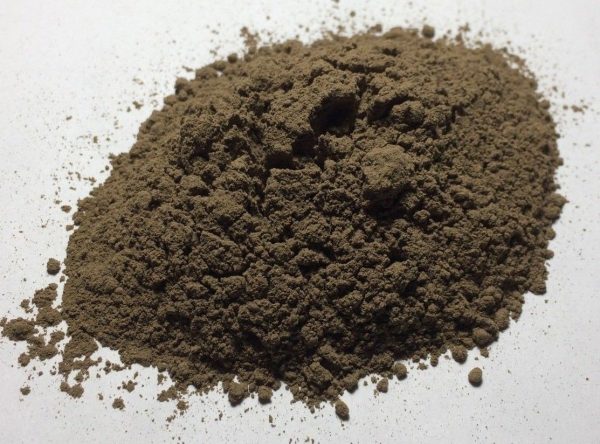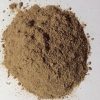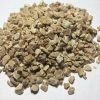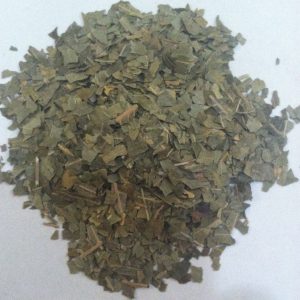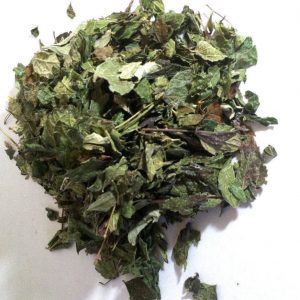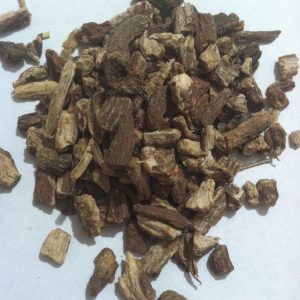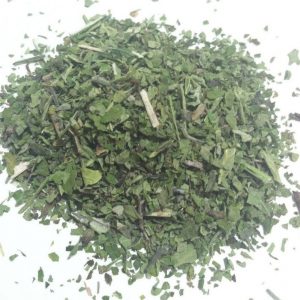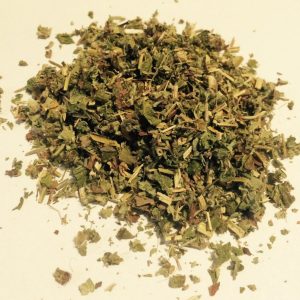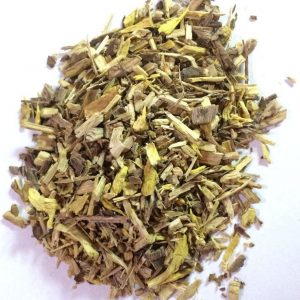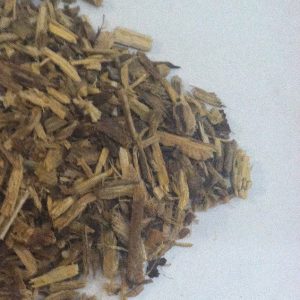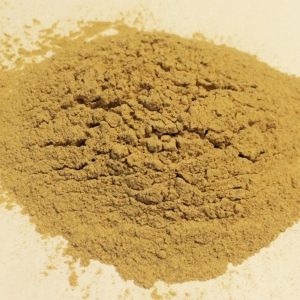Description
Also known as Nymphaea Caerulea, Sacred water lotus, Blue Lotus Lotus, Sacred Lotus, Sacred Water Lily. Introduction The Sacred water lotus has been used in the Orient as a medicinal herb for well over 1,500 years, and is also an important religious, artistic, and folklore icon. It was brought to India from Egypt, where it was associated with the sun: the lotus, like the sun, opened in the morning and closed at night. It was also associated with the god Horus, who was often depicted sitting or standing on the lotus, like Brahma and the Buddha after him. In Egypt the flower was blue and white, and was seen as a flower of resurrection, and used in funeral rights and depicted in the artwork in tombs. In India it represents birth and rebirth; Brahma was born seated on a lotus flower. All of parts of the plant may be used. Constituents Lotusine, demethyl coclaurine, neferin, and nuciferine. Parts Used Seeds, flower petals, flower stamens, pods, and leaves. Typical Preparations The flower petals and leaves are typically made into a tea or decoction for internal and external use. They may also be used as a garnish, smoked, floated in soups, and the fresh petals are used as a wrap in Asia. It is also said that the petals steeped in wine or tea have a calming effect. Summary Lotuses have long been held sacred by Buddhists, Hindus, and Egyptians, whom all believe that Lotus flowers bring prosperity, fertility, and allow the inner being to bloom. Lotus flowers have long been revered by cultures all around the world, and has been used extensively in folklore, religion, literature, shrines, art, architecture, and sculpture. The lotus is discussed in Buddhist literature, and is the object of meditation in Tantrik Buddhism. Indians believe that Brahma, creator and God of the universe, sprang from a lotus blossom. Architecture of the ancient Greeks is an offshoot of the Assyrian Phoenician architecture, which used the lotus as their basis. The Sacred Lotus has an American relative, Nelumbo petapetala, which was used as a source of starch by the Native American Indians. In addition, the Lotus flower was immortalized in Homer’s “The Odyssey” when Ulysses and his crew come ashore to an Island of the Lotus-Eaters. In addition, a number of wild animals feed on the plant, and fish find refuge in its underwater stalks. For educational purposes only This information has not been evaluated by the Food and Drug Administration. This information is not intended to diagnose, treat, cure, or prevent any disease.



